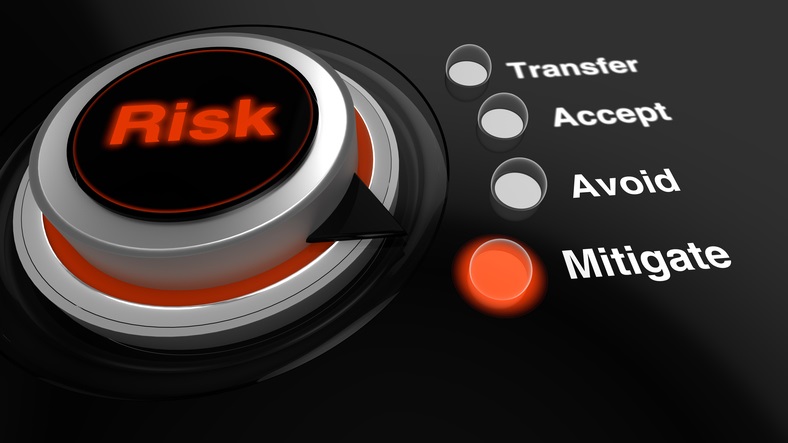When operating in high-risk environments, organizations must consider an array of variables that may not pose an appreciable threat in other lower-risk locations.
In this two-part blog post, Global Security Specialists Nicholas D’Intino and Raynold Lyngdoh share common issues that can help facilitate discussions within organizations such as corporations, academic institutions, nonprofits and NGOs conducting or planning operations in high-risk destinations.

Consider All Stakeholders:
Organizations should consider the security of all in-country stakeholders, both direct constituents and individuals who will inadvertently be in-contact/in-mission with your organization. For example, when hiring a local vetted driver, it’s important to consider the safety of not only the direct group, but also the driver and the vehicle. If constituents are meeting in a communal location, consider the overall safety of the group, those who will be attending the meeting, and other potential contacts that the organization might be interacting with indirectly. For both short-term and long-term stays, an organization should conduct a preliminary audit to ensure accommodations for personnel are secure, vehicles are appropriate for use in-country, and emergency action plans (EAPs) and protocols are communicated and implemented across the organization prior to deployment.
Create Local Partnerships:
A key component of managing risk for ‘everyone’ in a high-risk area is to look into partnering with locals and like-minded organizations. Wherever possible, seek to leverage, empower and hire locals to assist with various aspects of a mission—a strong partnership with locals can be a huge asset as they are often able to provide unique insights specific to an area or provide alternative solutions in the event of unforeseen emergencies. Similarly, consider seeking like-minded organizations operating in the same location and discuss ways your organizations can consolidate/share information and awareness. As a best practice, closely consider how locals are vetted and the corresponding approach in terms of extending duty of care to local staff.
Implement Tripwires:
Tripwires are events, predetermined by an organization, that require an immediate predetermined reaction. Typically, this action will take the form of an increased security posture. Operating in high-risk locations can put significant pressure on the managers tasked with making quick decisions in stressful situations. In order to streamline the decision-making process, while ensuring safety and operational continuity in these situations, tripwires can be implemented into an EAP. For example, if widespread riots occur in a hostile location, an organization might choose to advise all personnel to shelter-in-place and avoid travel outside their immediate accommodations until the situation has calmed. Further escalation or de-escalation of the event can then determine next steps.
Vet Information Sources:
If operating in hostile environments, organizations should consider their access to reliable, trusted information. Questions organizations could ask include: Within the areas of operation, how much freedom does the press have? Is there a track record of reliable local news sources in the country? Are the local telecommunications infrastructure and/or the organization’s internal communication options capable of receiving breaking news and updating information quickly and efficiently? Will the ability to carry out operations be jeopardized if access to reliable and trusted information is hindered? What will happen if communication impediments effected by the local authorities or controlling groups? Even for minor incidents, an organization should assess whether they can rely solely on the local police for assistance and information and how receptive the local government/police/military/militia group is regarding the organization’s work? Quick access to reliable information and service is even more imperative in the event of an emerging or full-blown crisis.
Some organizations choose to work closely with a travel risk management provider to proactively identify creative solutions to address these issues. By doing so, an organization can ascertain where their information services originate and what assistance they can expect during an emergency situation.
Conclusion
Organizations must also consider that that many low-risk destinations have the potential to temporarily be designated a high-risk location during the aftermath of a manmade or natural disaster (e.g. terrorist attack in Berlin or an earthquake in Florence, for example).
Organizations operating in high-risk environments should have extensive EAPs and clear communication channels in place in order to effectively respond to incidents as they arise. Furthermore, third-party travel risk management providers like On Call International can help organizations better understand the risks they may encounter when traveling to these locations and identify proactive steps to reduce vulnerability and risk level. Want more information on high-risk travel planning and holistic risk management? Contact us today.
For over 25 years, On Call International has provided fully-customized travel risk management and global assistance services protecting millions of travelers, their families, and their organizations. Contact us today and watch our video to learn more. You can also stay in touch with On Call’s in-house risk management, travel health and security experts by signing up for our quarterly Travel Risk Management (TRM) newsletter.


